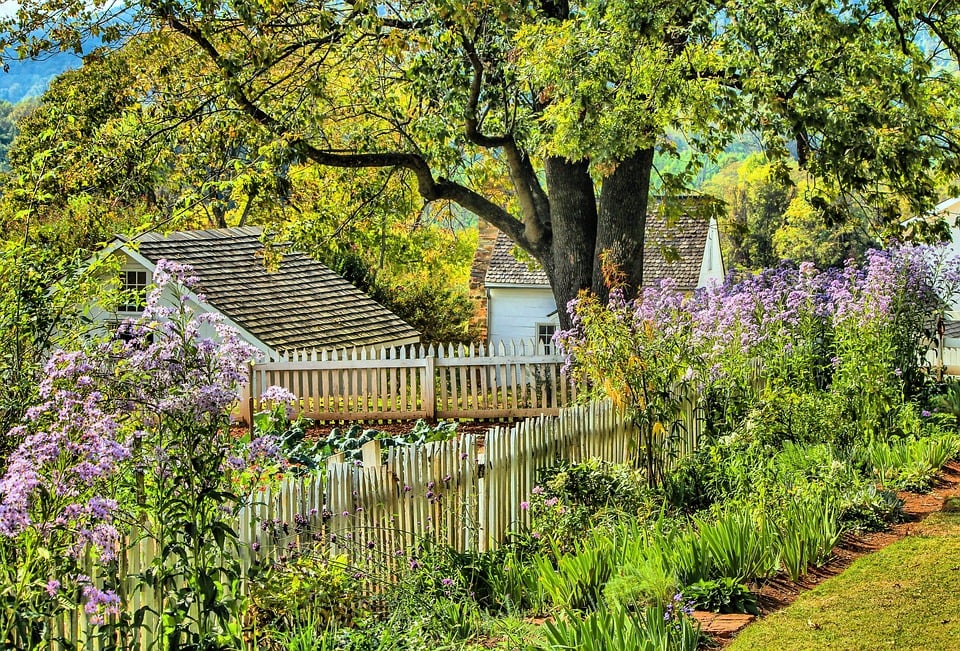Quick Guide: Growing Coriander from Seed to Harvest
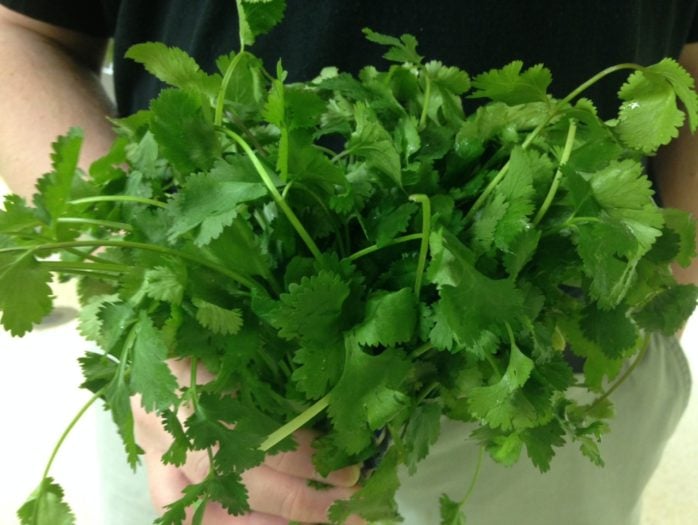
Table of Contents
Coriander, also known as Chinese Parsley, is an aromatic annual herb. The leaves of coriander are used in many dishes like curries, soups, and rice dishes due to their pungy, zesty flavor.
It enhances the taste of Thai and Mexican dishes and is also used for medicinal purposes. It has beautiful foliage and can keep pests at bay. Growing coriander is easy.
Whether you’re just starting out your gardening journey or are an experienced gardener, you can easily grow coriander in a dedicated herb garden, in containers, or as a companion to other crops.
Coriander can grow up to one meter and has delicate pink, white, or green leaves. It can be grown from root cutting or seed and grows well in loose sandy soil.
The best thing is that it requires little maintenance and grows quickly. If you like the taste of this wonderful herb, then you must know how to grow them in your garden to enhance your culinary creations.
Tips and Tricks to Grow Coriander Herb
Let’s take a look at a few tips and tricks that can help you grow coriander at your home. We have included everything from tips to prevent cilantro from bolting to selecting the best location.
1. Ideal Weather Conditions to Grow Coriander
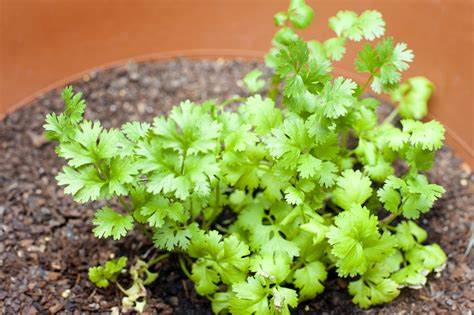
Coriander plants grow well in cool weather. This cool weather herb prefers temperatures between 50 to 85˚F. You should avoid planting it in hot summer weather as it can bolt prematurely due to the intensely hot and humid weather conditions. You can sow seeds directly in spring after heavy frost has passed. When sowing coriander outdoors, it is best to sow seeds seven to eight weeks before the last average frost date. Soil temperature should be between 55 and 68°F for best germination.
Early summer is also a good time for planting coriander. If you’re growing coriander solely for leaves, consider it as a short-term crop. Every month you can sow small batches to provide continual leafy harvests from early autumn to mid-summer. Each sowing will give you several harvests.
2. Fertilizing and Watering Requirement
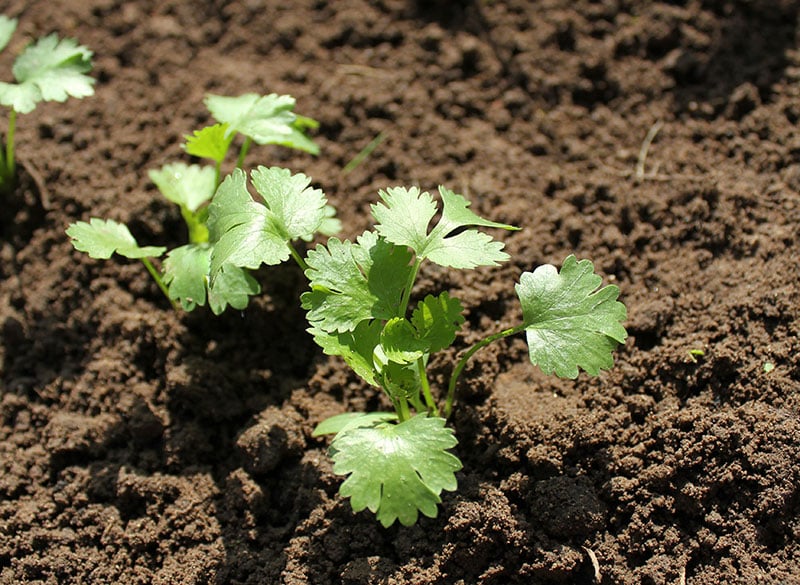
You don’t need to fertilize coriander a lot. Use balanced fertilizers every month to ensure that the coriander plants are healthy. You can also add well-rotted manure or compost to the soil before planting. When it comes to watering, you must keep in mind that coriander doesn’t prefer waterlogged conditions. Water your coriander plants every week, depending on the soil conditions and weather. If you’re growing coriander plants indoors in a container, ensure it has drainage holes. This will prevent water from getting pooled at the bottom.
If you see that your coriander plants are bolting, it may be an indication that they’re not getting enough nutrients or water.
3. Soil Requirements
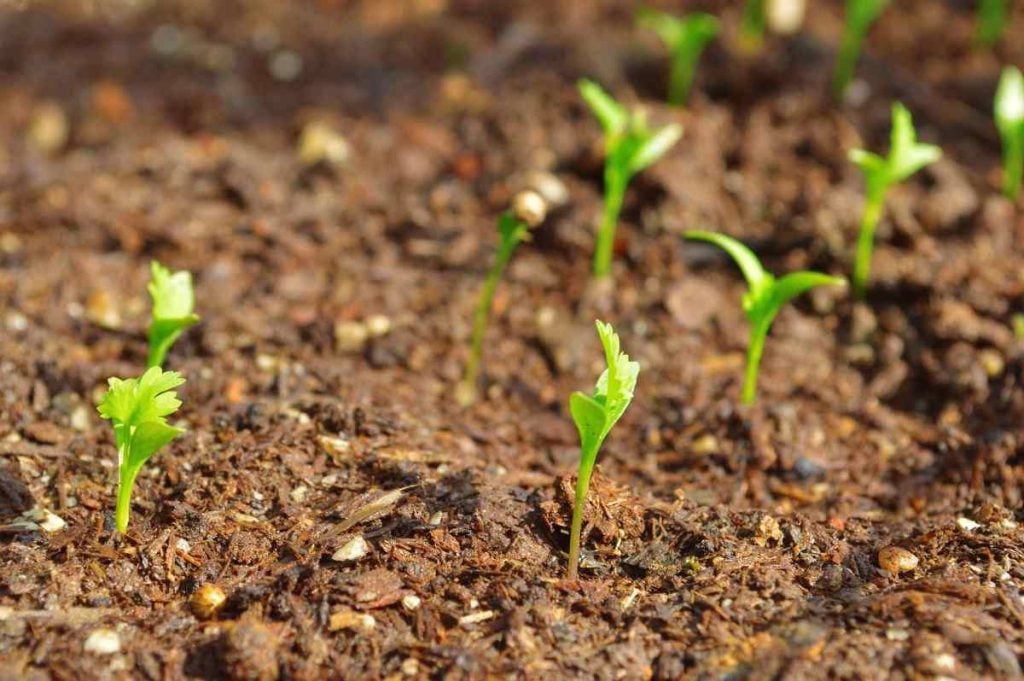
Before planting coriander seeds, you must prepare the soil. Coriander grows best in soil rich in organic material. Test the pH level of the soil using a soil test kit. The pH level of the soil should be between 6.0 and 6.7. To improve the nutrient content of the soil, add organic materials like peat, moss, compost, and manure. Since coriander has a long taproot, avoid damaging the roots. The ideal way to prepare the soil is by loosening it with the help of a tiller or garden fork. If the soil is clay-like and heavy, add perlite or sand to improve drainage.
4. Mulching
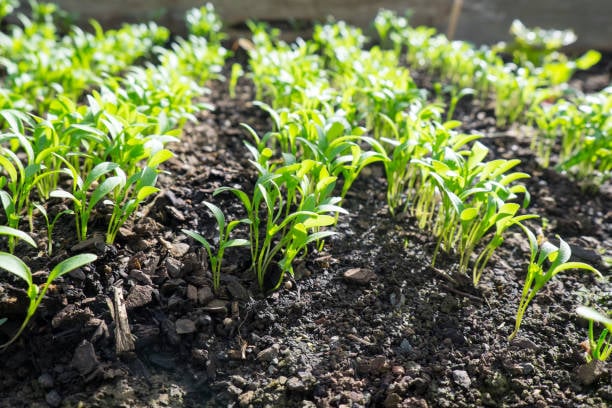
To suppress weed growth and retain moisture in the soil, you should mulch around coriander plants. You can apply a layer of organic mulch, like shredded leaves or straw, around the base of the plant. This will help keep the soil cool and ensure that it grows well.
5. Spacing and Planting
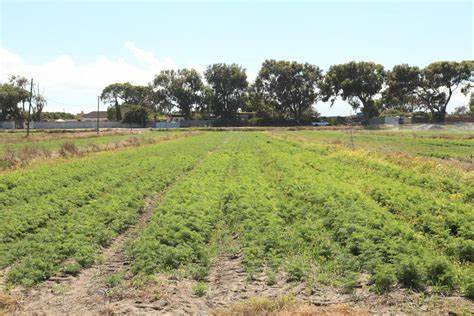
If you want to use the coriander leaves mainly, plant the seeds 2 inches apart and ½ inch deep. For coriander seeds, it is important to space them 8-10 inches apart. Successive plantings can be done if a continued harvest is desired until late summer.
6. Maintenance and Pruning
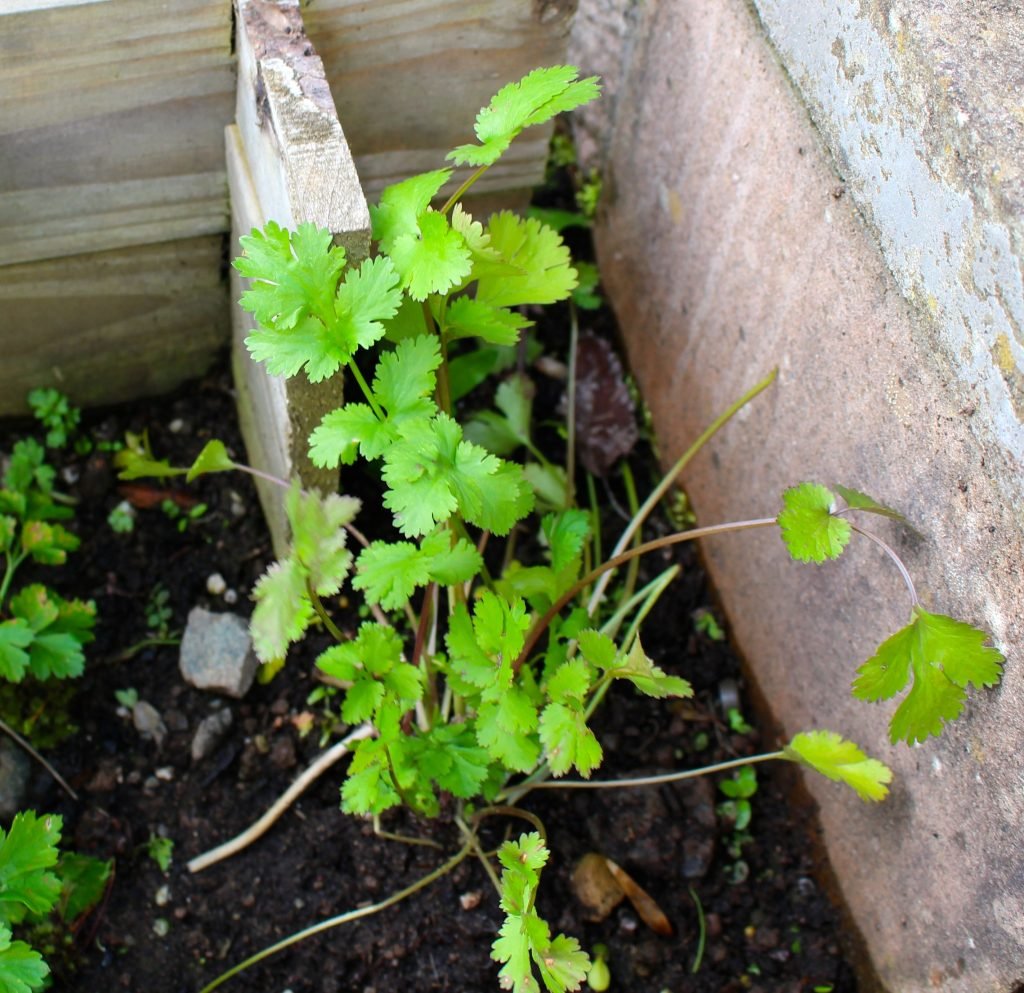
As the young coriander plants grow, you should pinch them back periodically by one inch for fuller growth. Snip off stems regularly to encourage your coriander harvest. You should also rotate the plants to encompass them wholly.
How to Grow Coriander in Containers?

If you have limited space, growing coriander in containers can be the best idea. Choose a container that is at least six inches deep. It should also have drainage holes in the bottom to avoid water logging. Fill the container with a potting mix suitable for containers. Soak the seeds in water. After a few hours, sow the coriander seeds around 1/4 inch deep and water well. Keep the container in a sunny location and ensure that the soil surface is moist until the seeds sprout. You can reduce the frequency of watering once the seed sprouts. Plant coriander in new containers every three weeks to get a continuous harvest.
How Can You Grow Coriander from Cuttings?
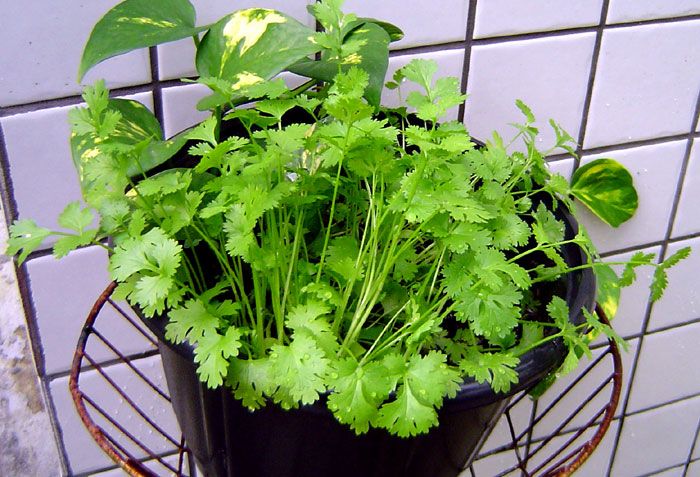
To grow coriander from cuttings, you can follow these steps:
- Take cuttings from mature, healthy coriander plants.
- Ensure that the plant you have chosen is disease free and has plenty of green leaves.
- Cut 4-6 inch coriander stems, ensuring each stem has two sets of leaves.
- From each stem strip, the lower leaves. Leave only the topmost leaves intact.
- Now you need to fill a container or pot with moistened soil or potting mix, and in the center, make a small hole. Insert the cuttings into the hole in such a way that the top leaves stick out above ground level. Now apply pressure to firm the soil around the cutting base.
- Water the cutting frequently and place it in a bright spot until new growth appears. Once new growth appears, move the coriander plant outdoors or keep it indoors. Wherever you decide to place it, you must keep in mind that it receives plenty of sunlight.
Planting Coriander Seeds
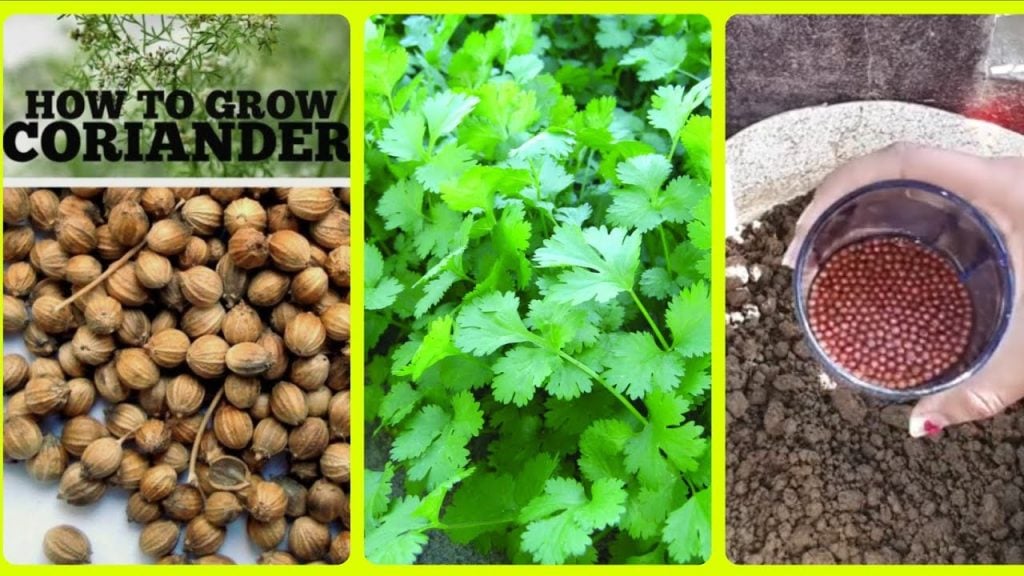
If you have a garden, you can sow coriander seeds in the ground. You can follow these steps for growing coriander from seeds:
- Choose an area that receives partial shade or full sun.
- Add organic matter or compost to the soil and remove weeds.
- Sow the seeds about 8 to 10 inches apart and 1/4 to 1/2 inch deep.
- After planting, water the seeds immediately, and until the seeds germinate, keep the soil moist.
- Thin the seedlings once they are 2 inches tall.
- When the coriander leaves are 4 to 6 inches tall, you can harvest them.
How to Harvest Coriander Seeds?
Coriander seeds must be harvested before they drop off. The vibrant little flowers attract butterflies and honeybees and turn into seeds after pollination. The seeds lose on the stem when they become ripe. You can place a bag under the flower stem and shake it off into the bag. This way, the ripe seeds will fall in and get collected in the bag. You can use the seeds as soon as possible or store them in a tightly sealed container.
Common Plant Diseases and Pests
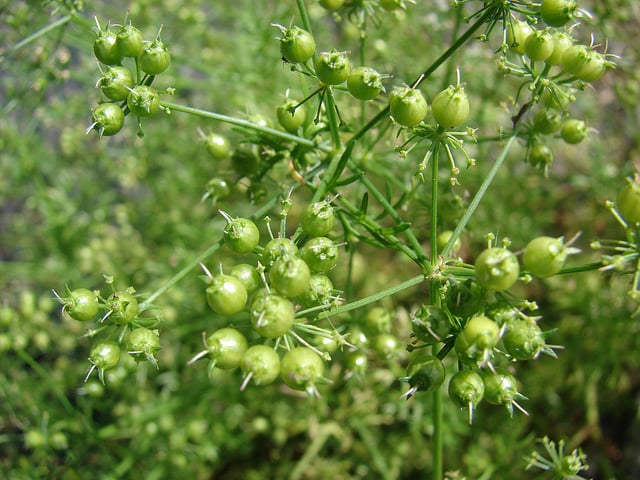
Coriander is resistant to serious diseases or pests. But moist soil can cause rotting. Coriander’s strong fragrance repels pests, but there are a few common pests, like leafhoppers and aphids, that might adversely affect the plant. Nematodes can attack coriander roots. You can plant marigolds nearby to repel them. Leaf spot and Anthracnose can also be seen in coriander plants. Spray foliage with a natural fungicide or foliar fertilizer to deal with this issue. If you spot any pests, you can use an insecticidal soap that is considered safe for edible plants.
Must Try Coriander Varieties
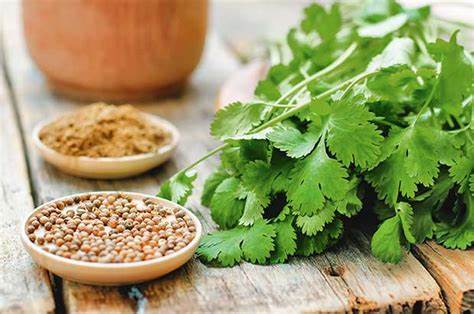
There are different types of corianders that can be used for medicinal purposes and to enhance your culinary creations. Let’s take a look at a few of them that you can easily grow.
1. Calypso
Calypso is the slowest bolting variety of coriander in the world. They are well-blanched and deliver excellent yields. The unique thing about them is that they have a low growing point making it possible to cut them and regrow them. By growing this coriander variety, you can reduce the production time.
2. Confetti
They have a sweeter flavour than other coriander varieties. The dill-like foliage gives them an appealing look. They make an excellent garnish for Latin American and Asian cuisine. They are much slower to bolt and early to mature, making them ideal for use as salad leaves and baby leaves.
3. Chechnya
Chechnya is a high-yielding Eastern European coriander variety. It can easily be grown in garden soils that have good drainage. Its seeds are used as a spice in pickles, casseroles, soup, and sauces. The leaves are used to flavour Chinese and Indian food, like chutneys and curries.
4. Leafy Leisure
Leafy Leisure is another excellent coriander variety that is bred for its large, flavoursome leaf production. It is slow bolting and can be grown well in hot weather regions. Its leaves are used in chutneys or curries or as a garnish.
Conclusion
Coriander is a perennial herb that requires good soil conditions and an optimum amount of sunlight to grow. It is a bit difficult to grow as it has a short life cycle and quickly transforms into a seed if not harvested regularly. You can follow the tips and tricks mentioned above for growing coriander in a healthy way. Whether you prefer indoors or outdoors, they thrive well in all the conditions.
They will beautify your herb garden and enhance the flavour of your favourite dishes.
Frequently Asked Questions
How Can You Prevent Premature Bolting in Coriander Plants?
To prevent premature bolting, plant slow-bolting varieties like Costa Rica, keep the roots moist during hot spells, and provide partial shade. Snip off flower stalks to let the plant channel its energy into foliage growth.
How Much Time Does It Take to Grow Coriander?
Growing coriander is not a time-consuming process.Coriander leaves are ready to harvest in about a month after planting. It takes about three months for the seeds to be harvestable.
What Are the Best Coriander Companion Plants?
Some of the best coriander companion plants are- anise, chives, eggplant, garlic, potatoes, salad burnet, and tomatoes. Coriander enhances the anise’s growth. Coriander’s blooms attract beneficial insects like parasitic wasps to the garden, and its pungent smell deters aphids from nearby plants.
Can You Grow Coriander Indoors?
Yes, you can grow coriander indoors. But choose a container that is deep enough and grow it in an area where it gets the optimum amount of sunlight. If growing coriander in an area that becomes quite warm, try to keep the temperature of the soil below 75 degrees Celsius.

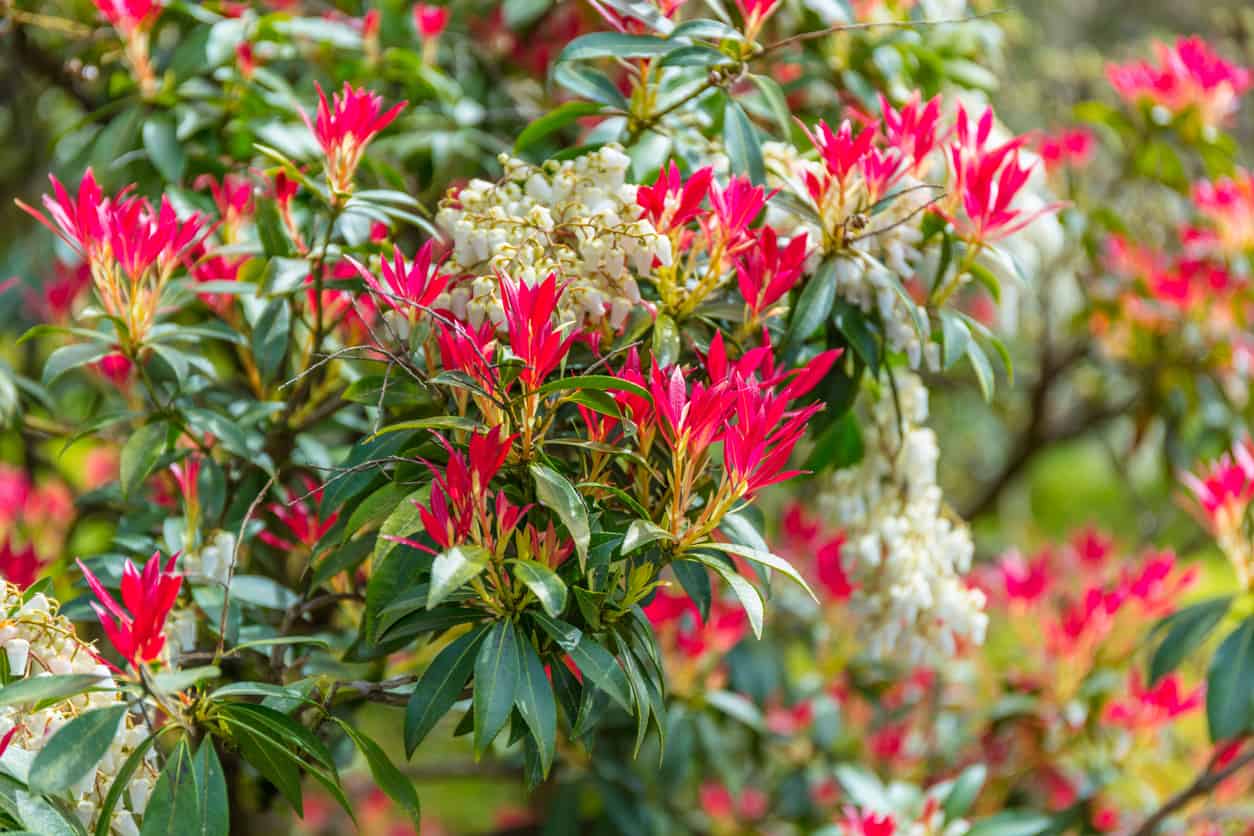
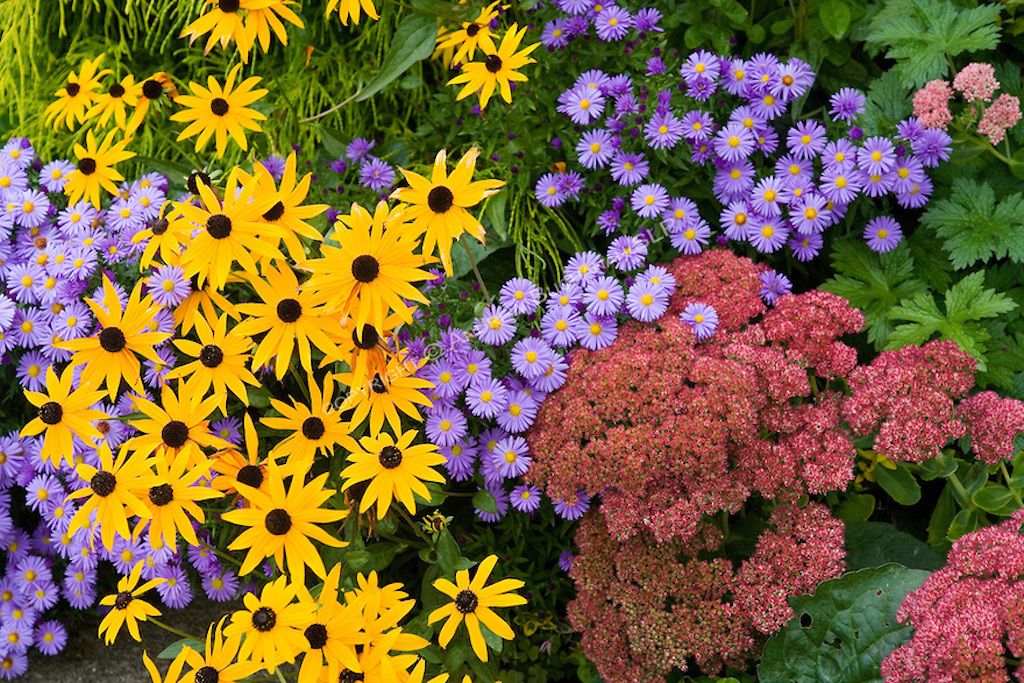
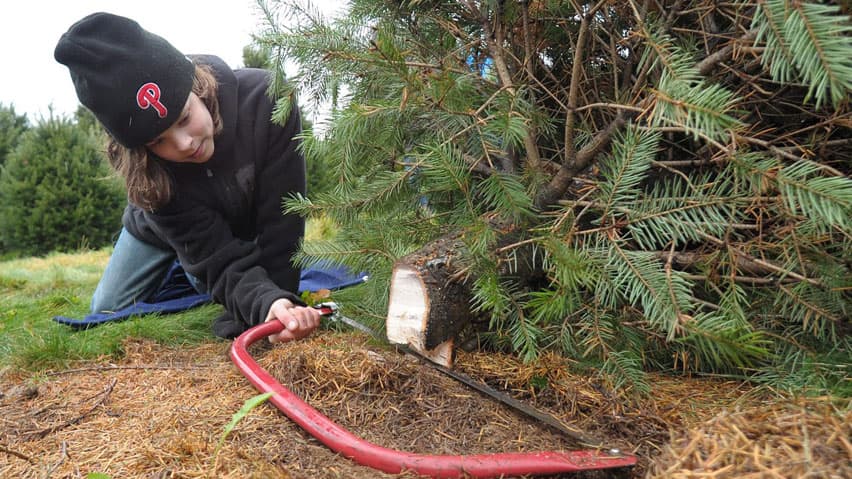
![The Ultimate Guide to Taking Care of Clematis Armandii [UK]](https://staging.thearches.co.uk/wp-content/uploads/Clematis-Armandii-Plant-Care-Growing-Tips.jpg)
